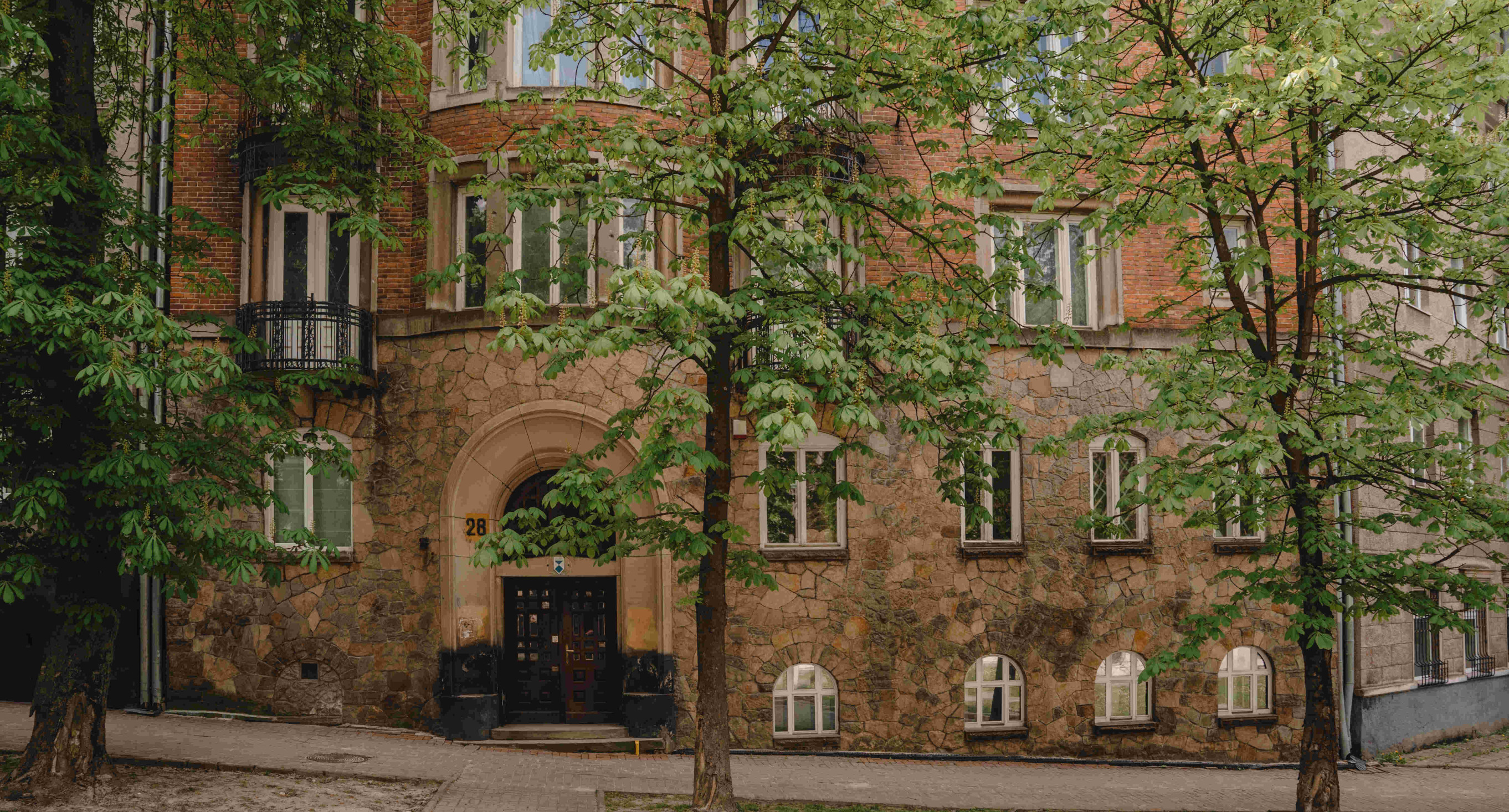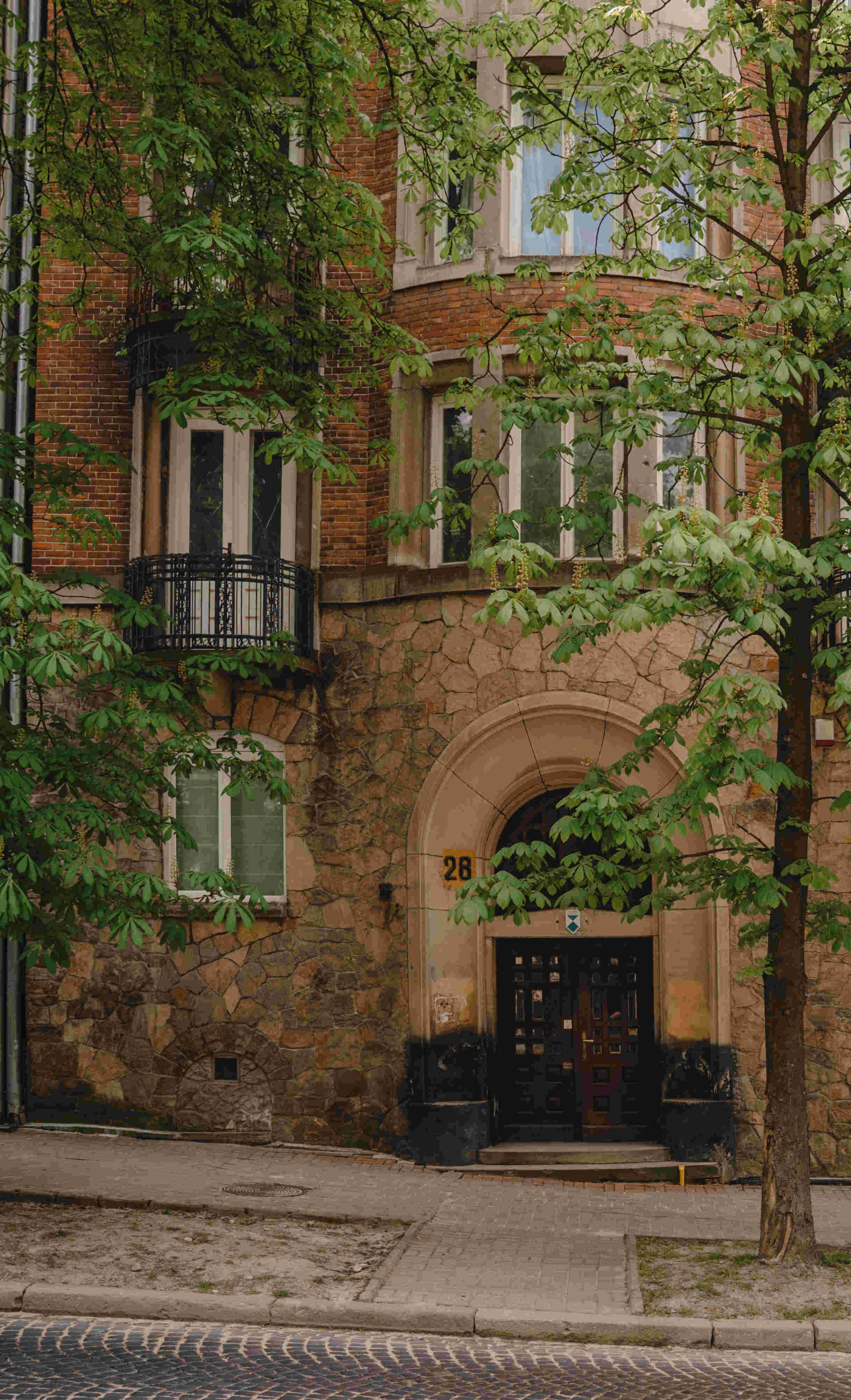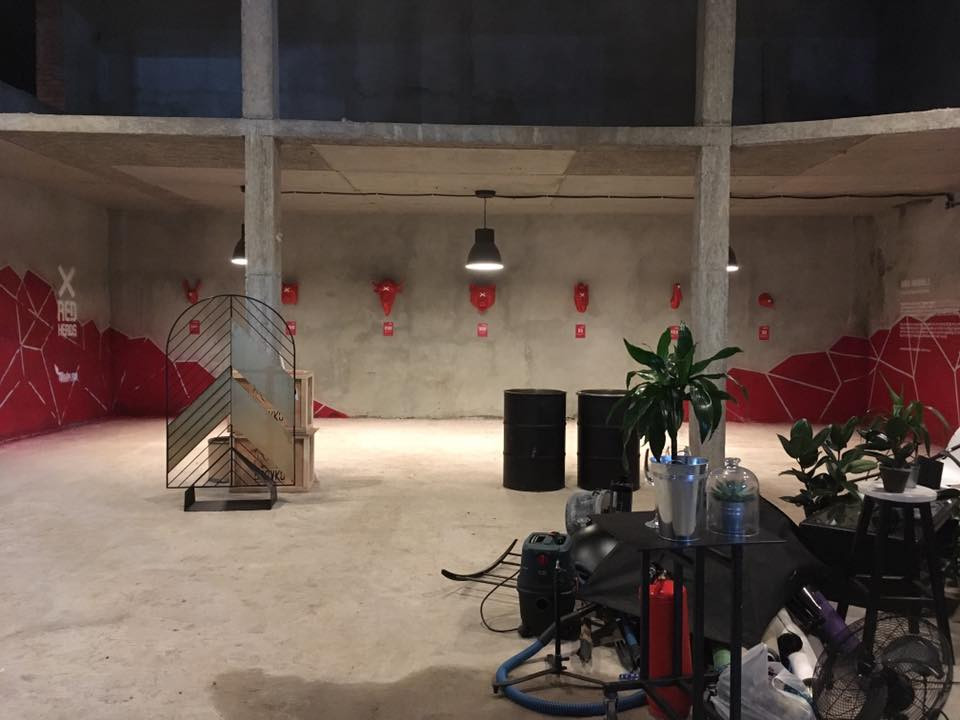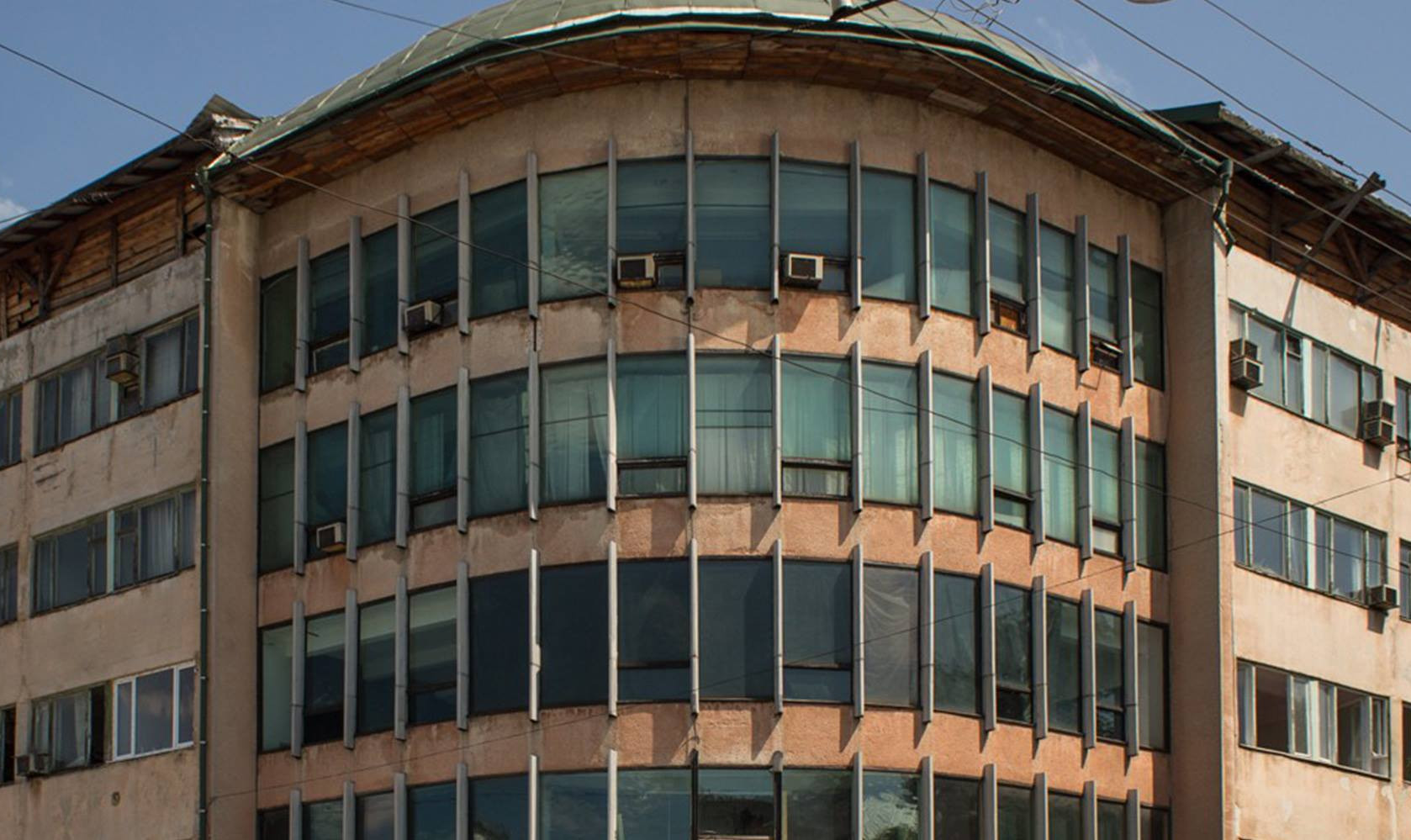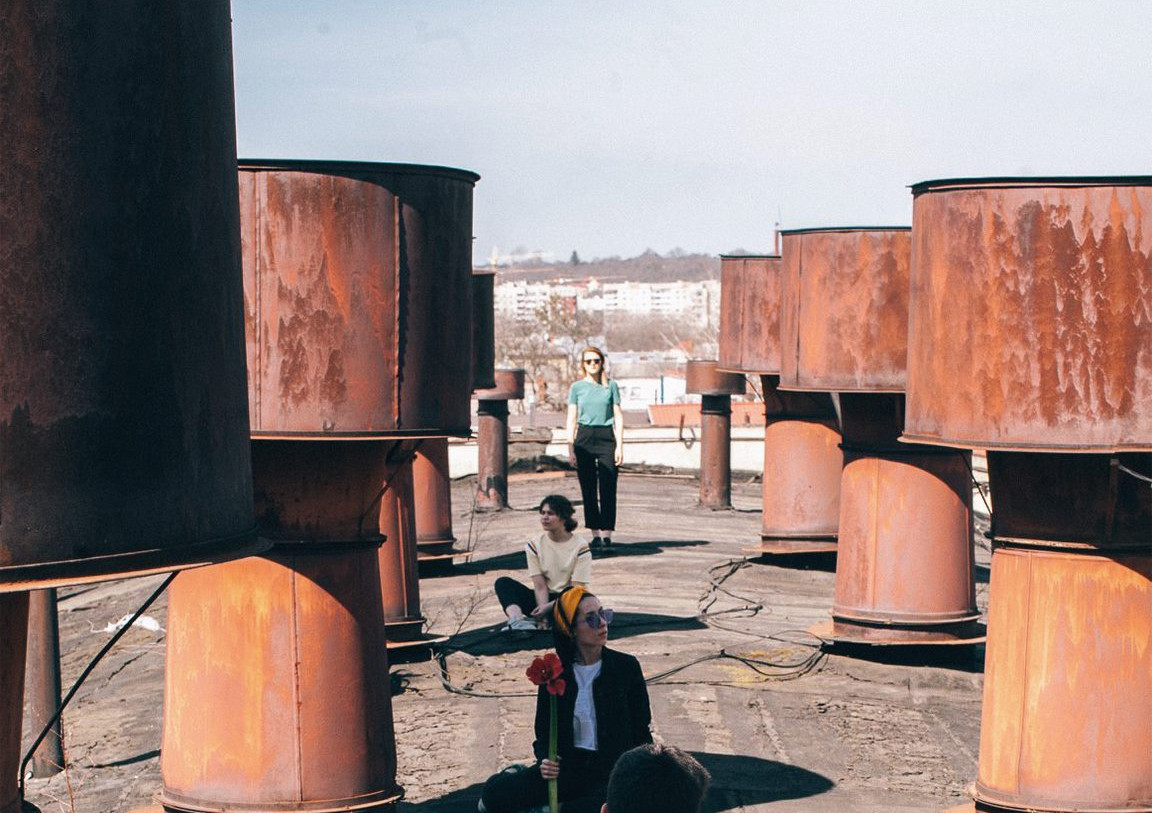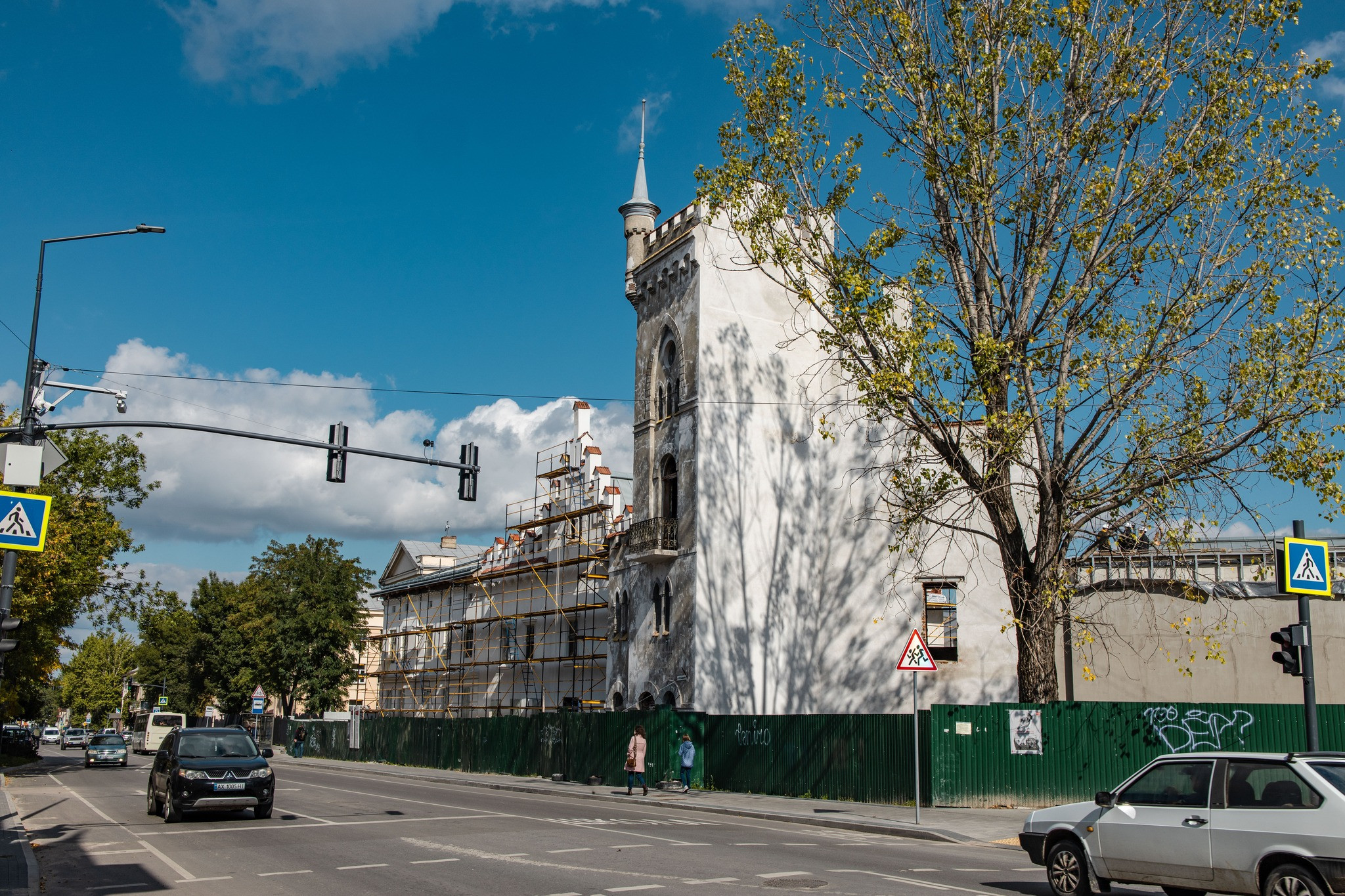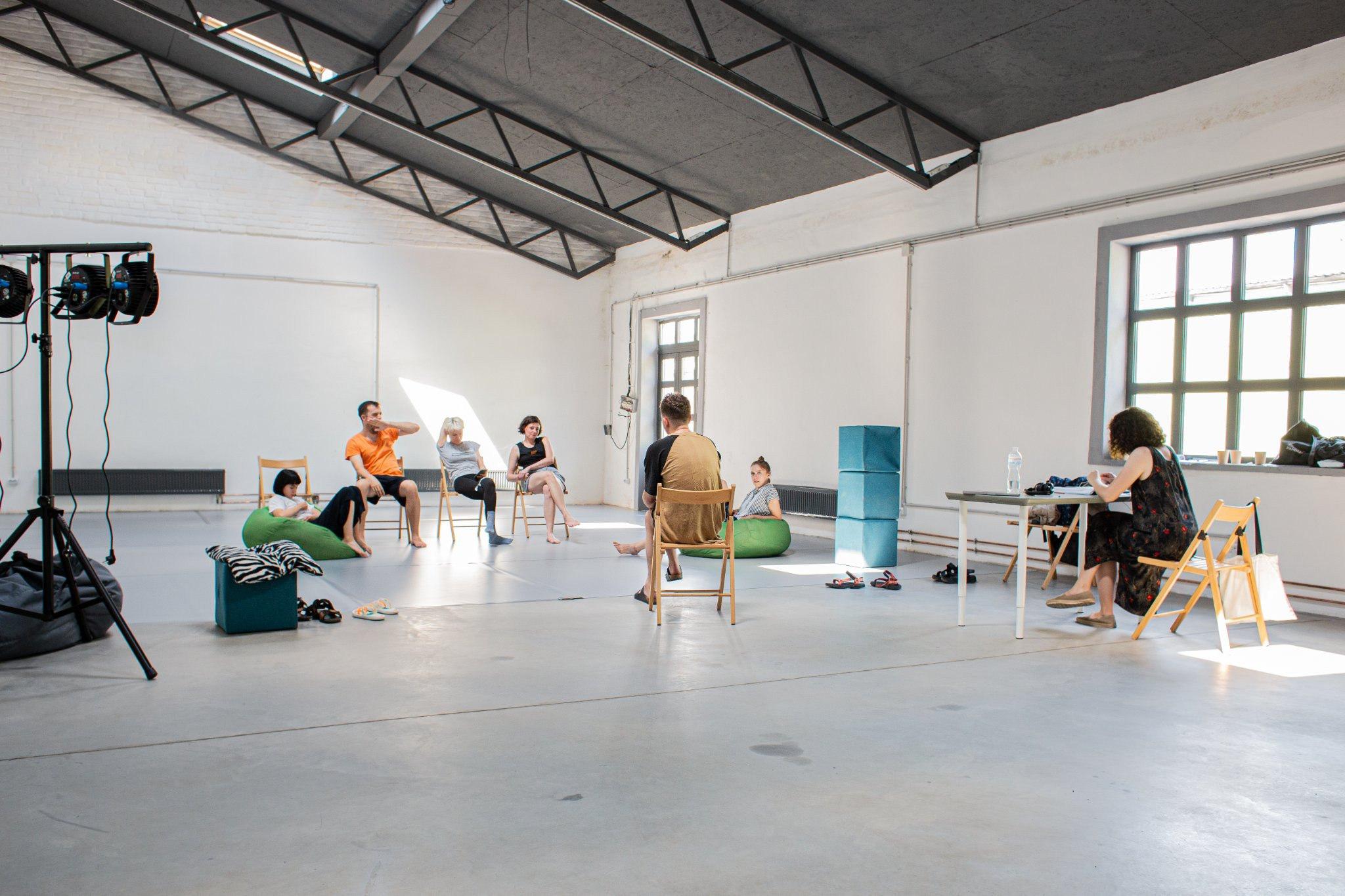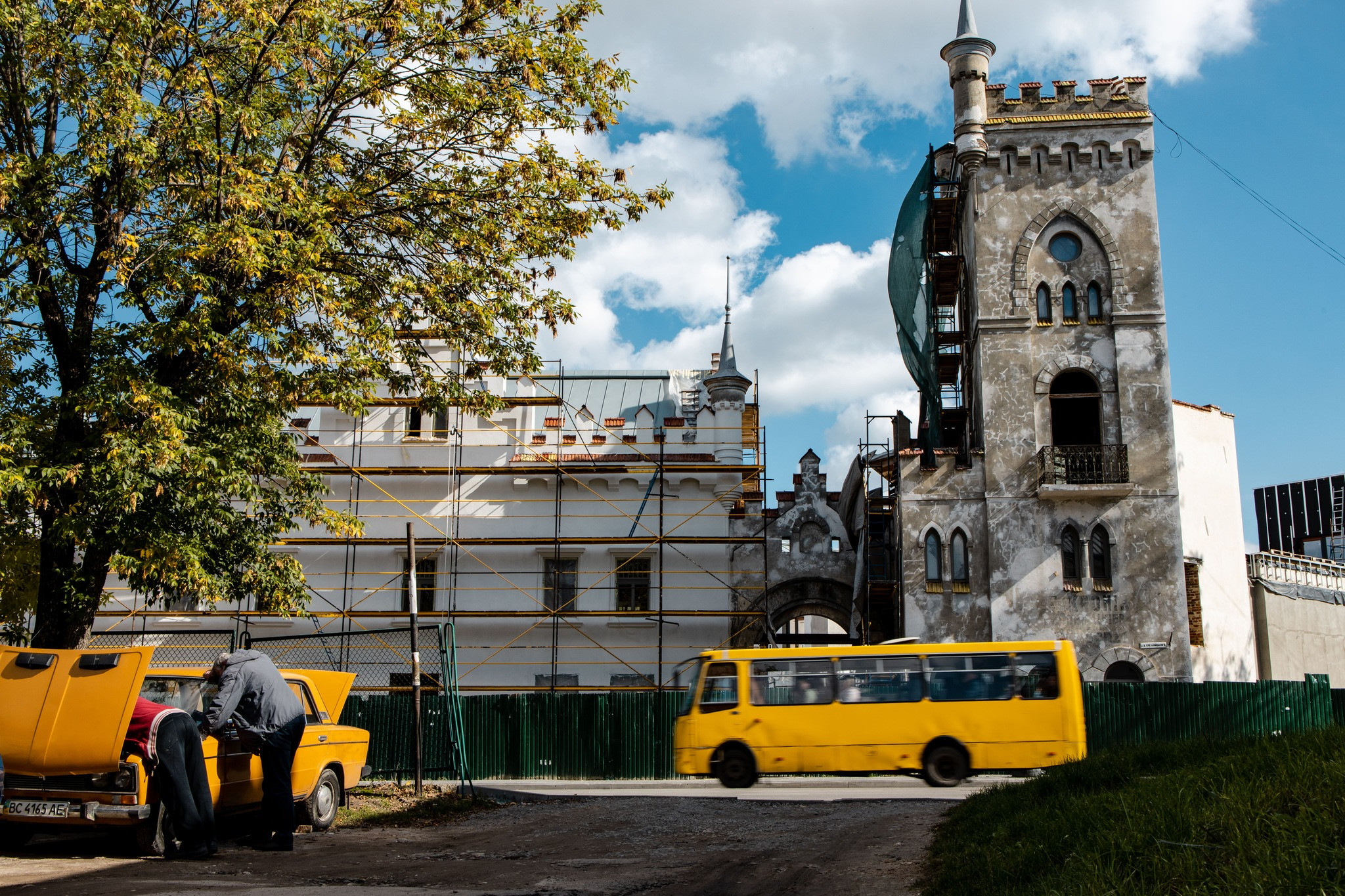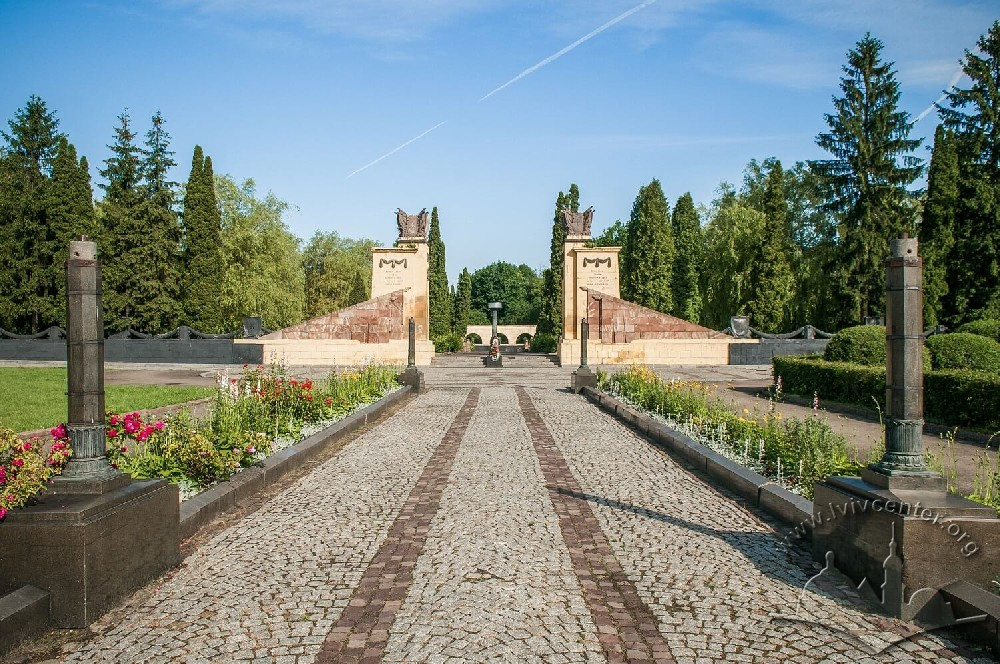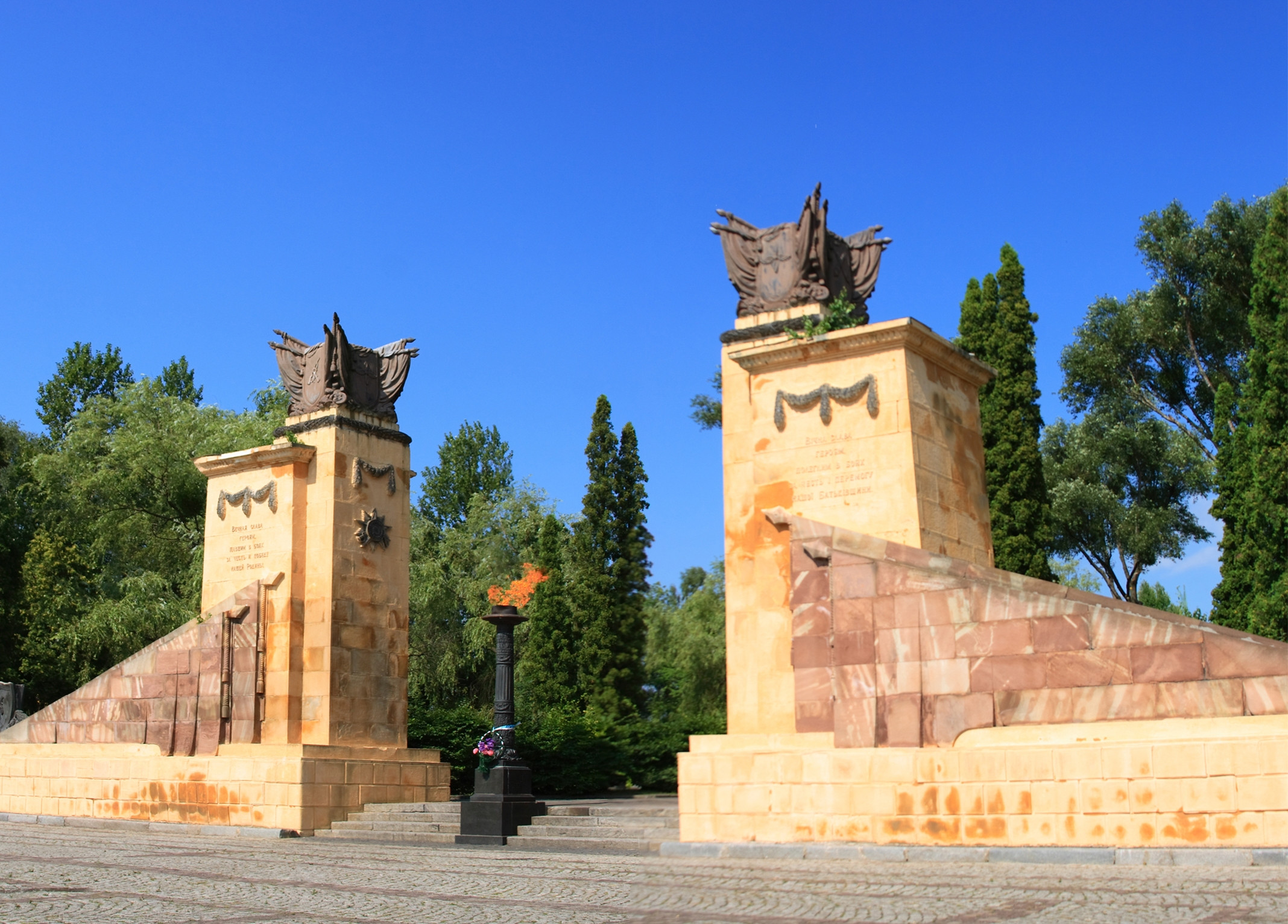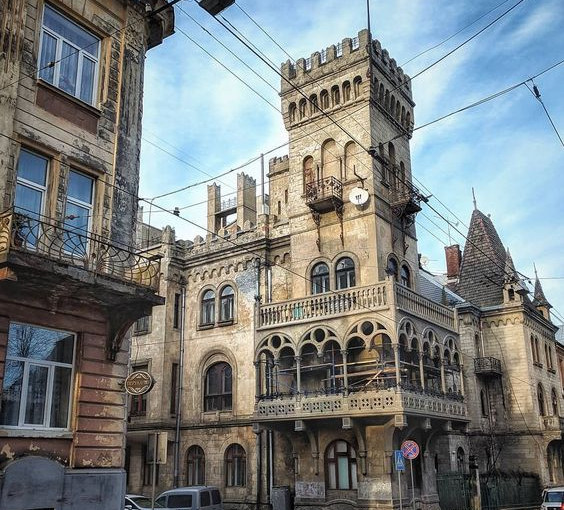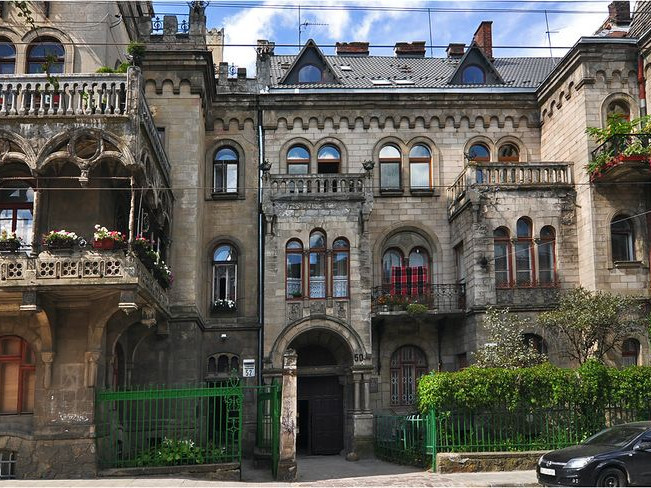Marvelous architecture, cozy green areas, playgrounds, and sports and entertainment complexes... Lviv is an ancient yet multifaceted city. Everyone will find something close to their spirit here. By the way, Lviv has many interesting but little-known locations. Below are examples of some of them.
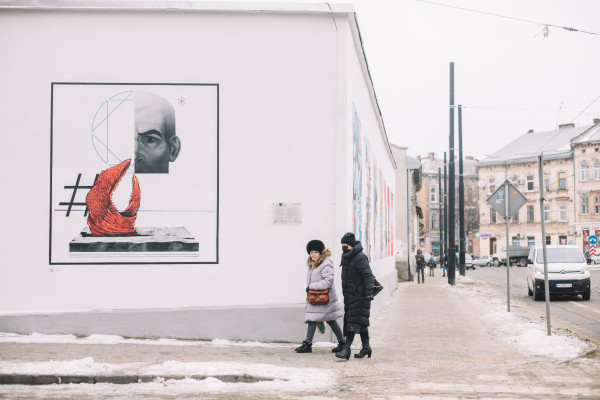
So diverse and somewhat overlooked
Pidzamche - the oldest structures in Lviv, old factories, and modern cultural, artistic, and entertainment venues - it's all about Pidzamche. In ancient times, it was the city's first political and economic center. Later, this area became a hub for artisans, many of whom operated on the edge of legality, breaking the laws of the time.
Here, gardening, winemaking, and milling flourished. The boom for this area came with the construction of a railway line and the establishment of a station. Cut off from the city center by the railway, this space quickly transformed into an industrial zone with factories, workshops, and artisan studios. In ancient Lviv, Pidzamche was a place of concentration for the Armenian population, with several Armenian churches present.
In the 19th and early 20th centuries, the district was home to a significant number of Ukrainians and Jews. As a result, there were dozens of synagogues and prayer houses in the area. The modern trend in the development of the district is the transformation of former industrial sites into workshops and art centers. For example, the Lviv Radio Electronic Medical Equipment Plant (REMA) has recently become a hub for artists, carpenters, and photographers. The former alcohol distillery, later a vegetable processing plant, has transformed into the "Jam Factory" - a space for creativity and experimentation.
Pohulianka
This locality is a unique green zone within the city. It is where the sources of one of the streams that form the main channel of the Poltva River can be found. People started to settle in the Pohulianka area hundreds of years ago, but its true integration into the active life of the city can be considered to have occurred in the 19th century. At that time, there was a so-called "beer garden" located here. Visitors would order beer or other drinks and have the opportunity to relax under the open sky: strolling, socializing, and spending time by the pond. In the mid-19th century, the owner of this territory changed, but the local establishments still became renowned for their beer and delicacies. These spaces were called the "Lviv Switzerland."
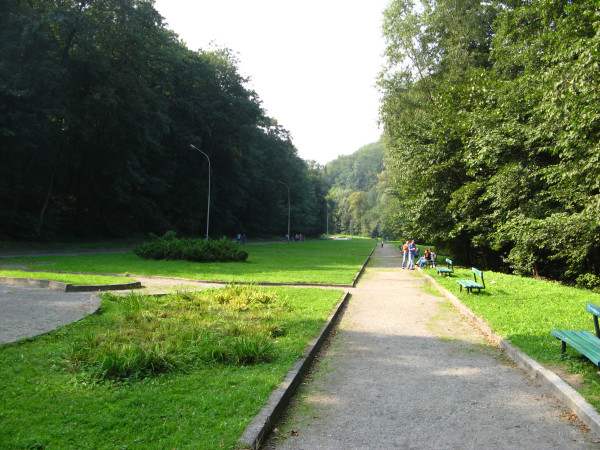
Later, the infrastructure was developed, but the landscape forms were not properly maintained. The First World War ultimately disrupted the vibrant life of this locality. In the 1940s, a city park was established here. In the 1960s, the Pohulianka forest park project was implemented. During the Soviet era, there was the "Ukrvino" factory on Pohulianka. It was renowned for its vermouth called "Kvity Pohulianky" (Flowers of Pohulianka). Today, only ruins serve as reminders of those moments. The Botanical Garden of Lviv University is the pride of the area in our time.
Hill of Glory
Part of the historical and architectural complex "Lychakiv Cemetery" is the Russian and Soviet military-memorial complex known as the "Hill of Glory." It was established in 1915 during the occupation of Lviv by the Russian Empire's forces. Initially, it served as a burial site for soldiers who died in the Galician Battle. Over time, the area was neglected. After the establishment of Soviet power in Lviv, it was restored and became the burial place for Soviet soldiers who died in World War II. Clearly, this space requires rethinking and redesign in the present day.
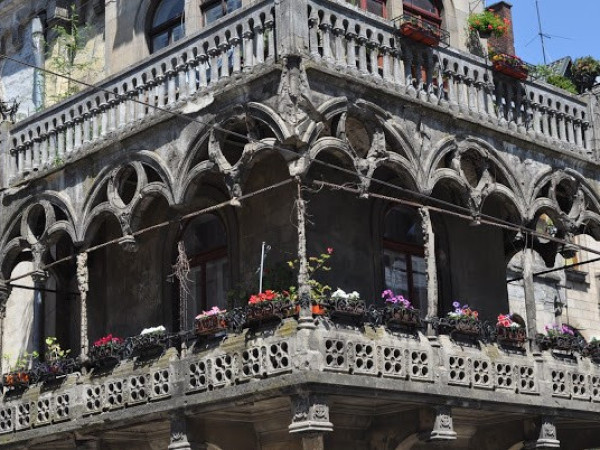
City-Garden Kastelivka
Not far from the center of Lviv, there is a quiet and cozy part of the city with significant tourist potential - Kastelivka. Architects Yulian Zakharievich and Ivan Levynsky purchased these lands and designed a separate residential district. They based their concept on the idea of a city-garden. The plan was to build over 60 villas amidst green gardens and streets distinguished by marvelous and unique architectural solutions. The project was not fully realized, but the district became one of the most prestigious in the city.
Most of the villas were built in styles such as historicism, Art Nouveau, Art Deco, and functionalism. The residents of these houses included professors from Lviv universities, local artists, political figures, and community activists.
